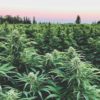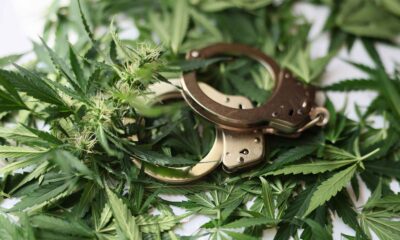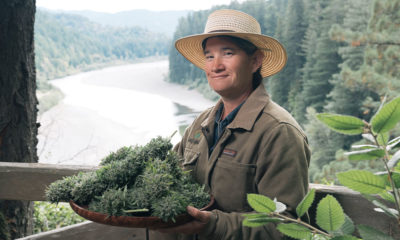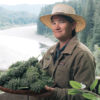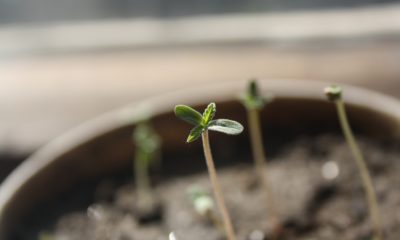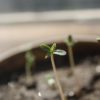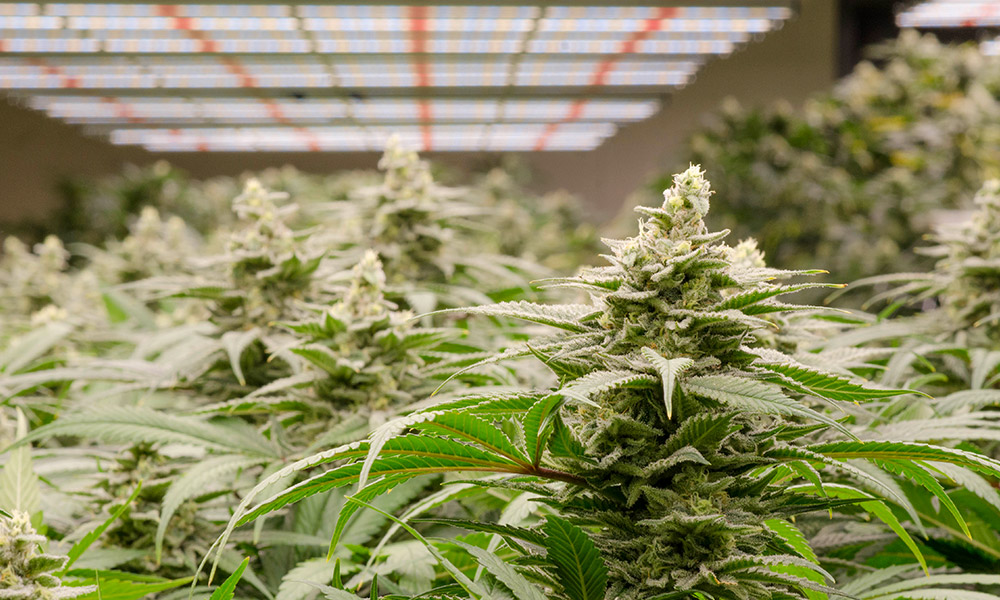
Cultivation
The Energy Consumption Quandary of Cannabis Growers
A recent study shows Fluence Bioengineering horticulture lighting solutions can help reduce energy spend for indoor growers.
The rapid expansion of indoor cannabis cultivation comes with a unique set of challenges, particularly in states where recreational cannabis is legal and more product is being grown.
In 2012, a study in California found that legal, indoor medicinal cannabis cultivation utilized 3 percent of the entire state’s energy consumption. With recreational cannabis now legal, and the potential for California’s cannabis economy to become the world’s largest, energy consumption and its impact on the grid are becoming pressing issues for utility companies and state officials.
A traditional indoor cannabis farm using high-pressure sodium (HPS) lights with 10,000 square feet of flowering space can draw up to 550 kW of power for just lighting alone—that’s 6,775 percent more than a modern commercial office space of the same size.
The cannabis industry is going to continue to grow rapidly. For the industry and those charged with supplying power to it, that begs a question: How do we reduce the energy consumption of indoor cannabis farms?
Fluence Bioengineering is Creating Solutions
California is already trying to proactively answer this question. Recently, the Sacramento Municipal Utility District (SMUD) partnered with commercial cannabis producer, Amplified Farms, to determine if LED technology is a viable alternative to HPS lighting.
Amplified Farms designated two identical flower rooms to the trial, with all variables consistent except for lighting. One room contained 21 1,000-watt double-ended HPS fixtures; the other contained 21 660-watt Fluence SPYDRx PLUS fixtures.
A third-party consulting firm, Cadmus, monitored both rooms for the entire flowering cycle to collect energy and environmental data, including energy consumption of lighting systems; plug loads; and HVAC, along with measuring photosynthetic photon flux density (PPFD), temperature, and relative humidity and CO2 levels. Along with the energy metrics, Cadmus also collected yield and potency results for all strains in the study.
Energy Savings of LED vs. HPS Lights in the SMUD Study
The study found a 20 percent savings in total energy, and a 34 percent savings in lighting energy when comparing the Fluence room to the HPS room. In addition to the energy savings, the study noted the Fluence room achieved higher THC levels than historical averages and yields within a range of historical averages.
- Overall energy savings of 20% with LED lights (7,628 kWh)
- Lighting energy savings of 34% with LED lights (5,344 kWh)
- Overall demand savings of 7% with LED lights (4.2 kW)
- Lighting demand savings of 33% with LED lights (7.3 kW)
- Simple payback of 3.3 years for the LED upgrade
Based on the results of the study, SMUD now offers financial incentives to help cover the cost difference between energy-efficient LED technology and traditional HPS fixtures. You can view the entire report of the SMUD study here.
Fluence’s Full Array of LED Lighting Solutions
The results of the SMUD study are similar to those that Fluence has found with other growers. Overall, the company’s LED lighting solutions result in less energy spend, increased space for production, and higher yields and quality.
All of Fluence’s LED lighting solutions are designed and built in Austin, Texas. Each series is purposefully designed to deliver uniform broad-spectrum light distribution for a range of grow applications.
- The SPYDR Series is ideal for vertical farming—from veg to bloom—with an average PPFD up to 1,030 µmol/m2/s over a 4’x4’ canopy. The SPYDR Series is designed at 4.6” thin, with a recommended mounting height just 6” from the top of the canopy.
- With energy efficiency reaching 2.3 µmol/J and an average PPFD up to 1,085 µmol/m2/s over a 3’x4’ canopy, the VYPR Series is designed for greenhouse and indoor growers as a cost-effective solution.
- The RAZR Series is designed for the world’s largest and densest vertical farms, offering a cost-effective way to increase yield, quality, and profit margins.
- The RAY Series features a slim form factor available in three lengths and six spectral options. It’s a utility-player LED fixture ideal for research facilities, vertical farms, side-canopies and intra-canopy light.
To find out how Fluence can help you take your indoor farm to the next level, visit their website.
TELL US, do you use an indoor lighting set up?




